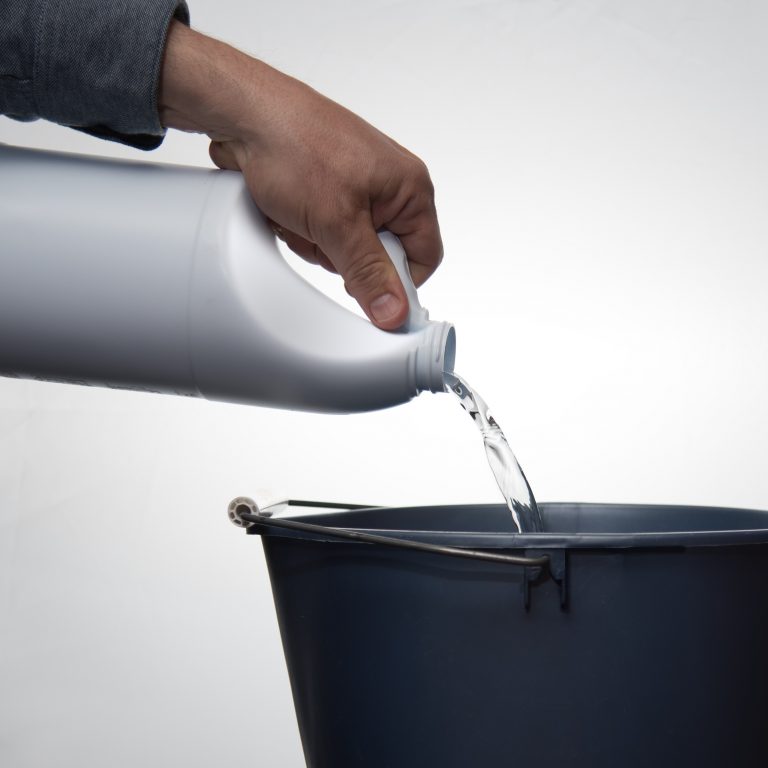 (412) 364-9114
(412) 364-9114

Bleach is a controversial cleaner when it comes to household use. With the impact it can have on our health and the environment, individuals have tried to decrease the amount of bleach they use. But here’s the thing, as long as you use it correctly there’s no reason to use it less. If you use bleach–or are thinking about using it–this blog covers a few things to keep in mind.
Used separately, these cleaners are safe and effective to use around your home. But if mixed with bleach, either deliberately or accidentally, they create toxic and potentially fatal products.
Exposure to any of these toxic gases produced from mixing chemicals can cause many symptoms ranging from skin irritation to unconsciousness and even death. If you’ve been exposed, you may experience the following symptoms:
It’s important to note that bleach is not a cleaner; it’s labeled as a disinfectant. Meaning surfaces should be cleaned first, then disinfected with bleach if needed. Bleach should always be stored in a cool, dark place, kept away from children, and used with gloves and eye protection if there’s a risk of contact exposure or splashing.
On its own this is a substance not to be trifled with, which is why it needs to be diluted. A bleach to water ratio of 1:99 is suitable for general household use, while a ratio of 1:50 is recommended for surfaces contaminated with bodily fluids (i.e. vomit, urine, blood etc.). When diluting, remember to use cold water only! Using hot or boiling water will cause the active ingredients to break down and lose their effectiveness.
Choosing the right cleaning products is key to keeping your plumbing in tip top shape. However, if problems do arise from caustic cleaners or corrosion, give us a call. We can get your plumbing back on track!